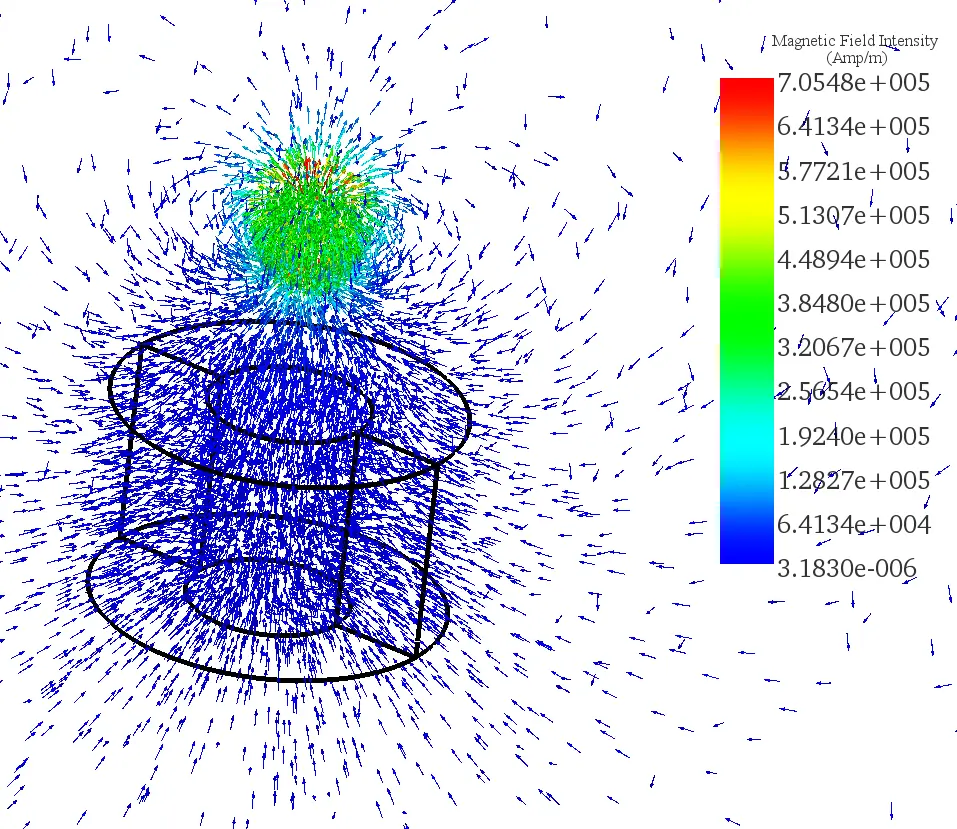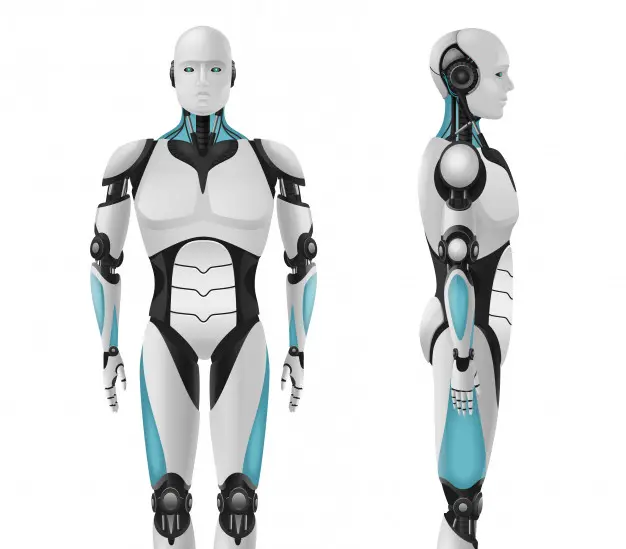
Flexible three-dimensional robotic system with tomographic magnetic actuation
This project focuses on the implementation of magnetic actuators to control a flexible robotic system with rotatory motion that simulates the performance of a tomograph. It comprehends the design, construction, control and evaluation of the prototype. Although this approach may be applied for different purposes, its main aim is mainly related to biomedical applications.

Repercussion of alcohol on memory consolidation and ripple activity: new methodology to analyze ripples
Sharp Wave Ripples (SPW-Rs) are synchronous oscillatory events defined as a biomarker for cognitive operations presented in the hippocampus. In this research, methodologies for facilitation or automatic identification of ripples and their analysis are investigated, as well as their relationship with behavioral traits of mice.

Embedded DC motor control system for humanoid robot applications

Emergency break system for collision evasion in autonomous vehicles
This project comprehends the design and construction of an autonomous emergency break system with non linear robust control techniques based on traffic lights from urban landscapes.

Stress Levels Detection from EMG Signals in Virtual Reality: A Machine Learning Approach
This study aims to model and implement a forearm-based EMG signal classifier, based on Machine Learning techniques, to determine the level of stress of a Virtual Reality (VR) video game player. This information will then be used to control the difficulty of the game being played which will enhance the feeling of immersion.

Auxetic lattice sensor for biomedical applications
The main objective of this project is to improve conformability of a sensor for biomedical applications by establishing a structure-property relation between auxetic lattice topologies and electrical properties.